This post was written by Harlow’s kindergarten teacher, Alli!
If you have a child beginning kindergarten this fall, about to embark on their learning journey, you probably have many feelings and questions regarding your child’s readiness. Truth be told, it’s very common for the parents to feel more nervous than their soon-to-be kindergarteners on the first day. But have no fear because you have come to the right place. I hope to answer common questions and ease some nerves as your child enters the wonderful world of schooling.
Kindergarten is an exciting year of exploration and growth, which is why I find such joy in teaching it. This is the year where children essentially learn how to learn. Your child will be exposed to a wide variety of learning experiences that will lay the foundation for their future learning. Throughout the school year, your child will grow socially, academically, and physically. It’s important to note that this will not look the same for all children, as they are all individuals with their own set of strengths and areas of growth. Children often come in with an array of skills based on their previous learning experiences. What may look like kindergarten readiness in one child, may look different in another, and that’s ok!
Teachers understand that all children learn differently and will take the time to get to know each child in order to find what works best for them. Over time, your child will be exposed to a variety of problem-solving strategies and approaches to learning. In other words, your child will learn tools to practice building patience with themselves and others, enhancing stamina (starting with the length of the school day, then sitting for longer periods of time, and eventually applying this to their work), and increasing resilience by using mistakes as learning experiences and getting back up to try and try again. Through these learning experiences, your child will work to build upon their sense of self-reliance, independence, and confidence. This will provide your child with the opportunity to learn more about themselves and the world around them.
Kindergarten teachers spend quite a bit of time early in the school year creating a safe space for all children to feel welcome, heard, and validated. By cultivating a strong classroom community from the start, through games, songs, and activities, the children get a chance to open up and share about themselves and their interests, as well as learn about one another, which is just the beginning! If your child is nervous about making friends, remind them to be themselves and to be kind to everyone, as the other kids in the class may be nervous too. It may also be helpful to remind your child that it’s ok to be shy and take some time to get comfortable.
Your child will also learn to navigate through different friendships and, with the help of a teacher, begin building a repertoire of conflict resolution strategies. While on the topic of friendships, it’s common for a kindergartener to come home with a new “best friend” every day based on who they played with that day. I use the term “best friend” loosely, as I believe children at this age should be encouraged to explore many friendships based on common interests, such as painting or crafting with some friends, building block structures with others, finding those who like to play tag at recess, and so on. Of course, some friendships may be closer than others, but if you find your child has latched onto one specific friend, it may prevent other friendships from forming. You don’t want your child to feel lost if that friend is absent. One way to help your child blossom as a friend to all is by having playdates with a mix of students from the class who your child has shown interest in! Feel free to ask your child’s teacher for playdate suggestions.
You may be wondering how actively you should be involved. Teachers understand this and want you to be involved! Communication is key. Don’t hesitate to reach out to your child’s teacher with any questions or concerns you may have, and they will likely do the same. Most schools have two parent-teacher conferences set up in the fall and spring to touch base regarding your child’s academic and social status. If there are any concerns, you will most likely hear about this beforehand and work together to come up with a plan to best meet your child’s needs.
Simple & Effective Ways to Prepare Your Child for Kindergarten:
Please note that this is simply a guideline and may vary depending upon program, child, and teacher.
1) Provide your child with the time and space to play freely, both alone and with others. This promotes an active imagination and the practice of problem-solving regarding sharing or taking turns.
2) Foster natural curiosity and encourage your child to use the five senses (touch, smell, sight, sound, and taste) to notice, observe, describe, and question.
3) Provide experiences away from you in order to help foster independence and lessen the shock of separation from you when school begins.
4) Read together every night! Engage your child in the reading by asking questions about the story elements (character, setting, problem, and solution), forming predictions of what might happen next, or asking how a character may be feeling.
5) Ease the transition to kindergarten by sharing your favorite memories from kindergarten (or early years of schooling) and reading about it! Book Suggestions: Kindergarten, Here I Come! by D.J. Steinberg, Jumping Into Kindergarten by Julia Cook, The Night Before Kindergarten by Natasha Wing, Clifford Goes to Kindergarten by Norman Bridwell, On the First Day of Kindergarten by Tish Rabe.
6) Engage your child in the exciting process of selecting their own school supplies, picking out their backpack and putting together an outfit for their first day of school!
7) Practice gross motor skills: Movements that involve large muscle groups and are more energetic, such as walking, running, jumping, kicking, and climbing stairs with alternating feet. As these develop, your child will be able to hop on one foot, perform jumping jacks and toe touches, walk up and down the stairs while carrying objects, and throwing/catching a ball.
8) Practice fine motor skills: The small muscles in the hands that help children grip and manipulate small objects with control and precision. You can practice this together by cutting with scissors, using a fork correctly, being able to touch the tip of each finger to their thumb, and holding a pencil with the proper pencil grip. This one is very important in the early ages as muscle memory becomes harder to break. Bring thumb, pointer, and middle finger together like a claw to pinch and hold the pencil, while the pinky and index fingers are curled underneath. It can be helpful for children to hold a cotton ball or small toy under those fingers to keep them curled. The pencil should then rest at the part of the hand between the thumb and pointer. If this feels silly or uncomfortable to your child at first, remind them that this will help strengthen their hand and will become more comfortable each time they practice.
9) Writing: Practice writing their name together with the proper pencil grip. If a letter is backwards, don’t worry! Letter reversals are very common with young writers and will self correct as they continue to learn the proper stroke of each letter in kindergarten.
10) Math: Count to 10 and back orally, using fingers, or toys. Book suggestions to help with counting: Ten Black Dots by Donald Crews, One Duck Stuck by Phyllis Root, Mouse Count by Ellen Walsh, Ten Apples Up On Top by Dr. Seuss, How Many Snails? by Paul Giganti
11) Phonics: Have your child identify the letters in his/her name or sing the alphabet song while looking and pointing at each letter as you say it. Book suggestions to help with letter identification: Chicka Chicka Boom Boom by Bill Martin Jr., Letter Town by Darren Farrell, LMNO Peas by Keith Baker, Alphabet Mystery by Audrey Wood.
Don’t worry about checking off everything listed above! The goal here is to help wean your child from relying on you to do things they can do independently. It may take longer at first, but it’s important to make the time to show your child how to do things on their own, such as zipping a jacket or tying shoes.
Once your little one realizes how much they can do, you may all be in for a few surprises! And hopefully, they will be excited to demonstrate their new skills when they are on their own at school.






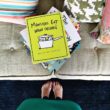

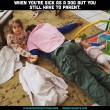




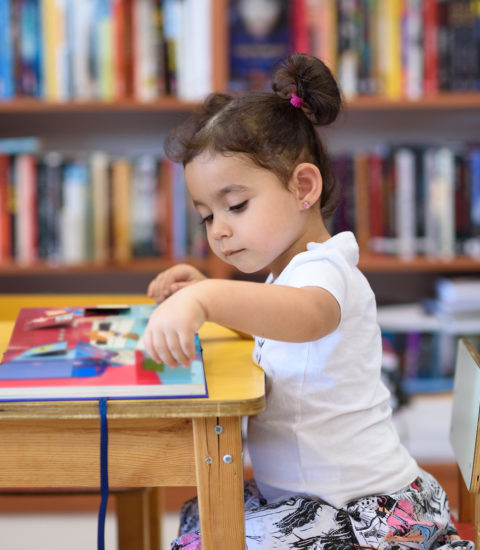

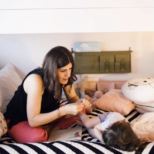
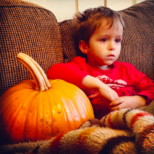
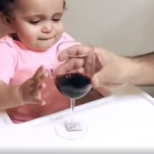

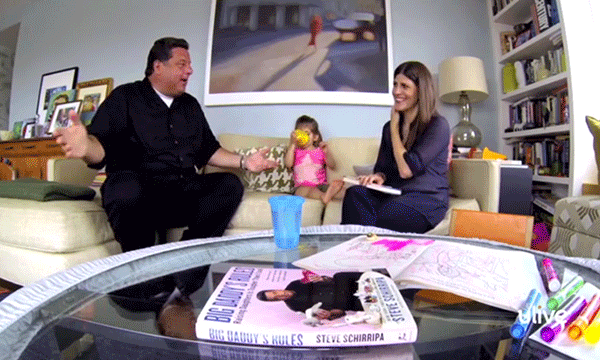






My daughter will be starting kindergarten soon and I want to make sure she is prepared, so I appreciate the tips in this article. You make a great point that I need to give her time and space to play freely and practice problem-solving skills. Also, I think it would be a good idea for her to play with kids her age more often so that she can learn to work well with other kids and share.